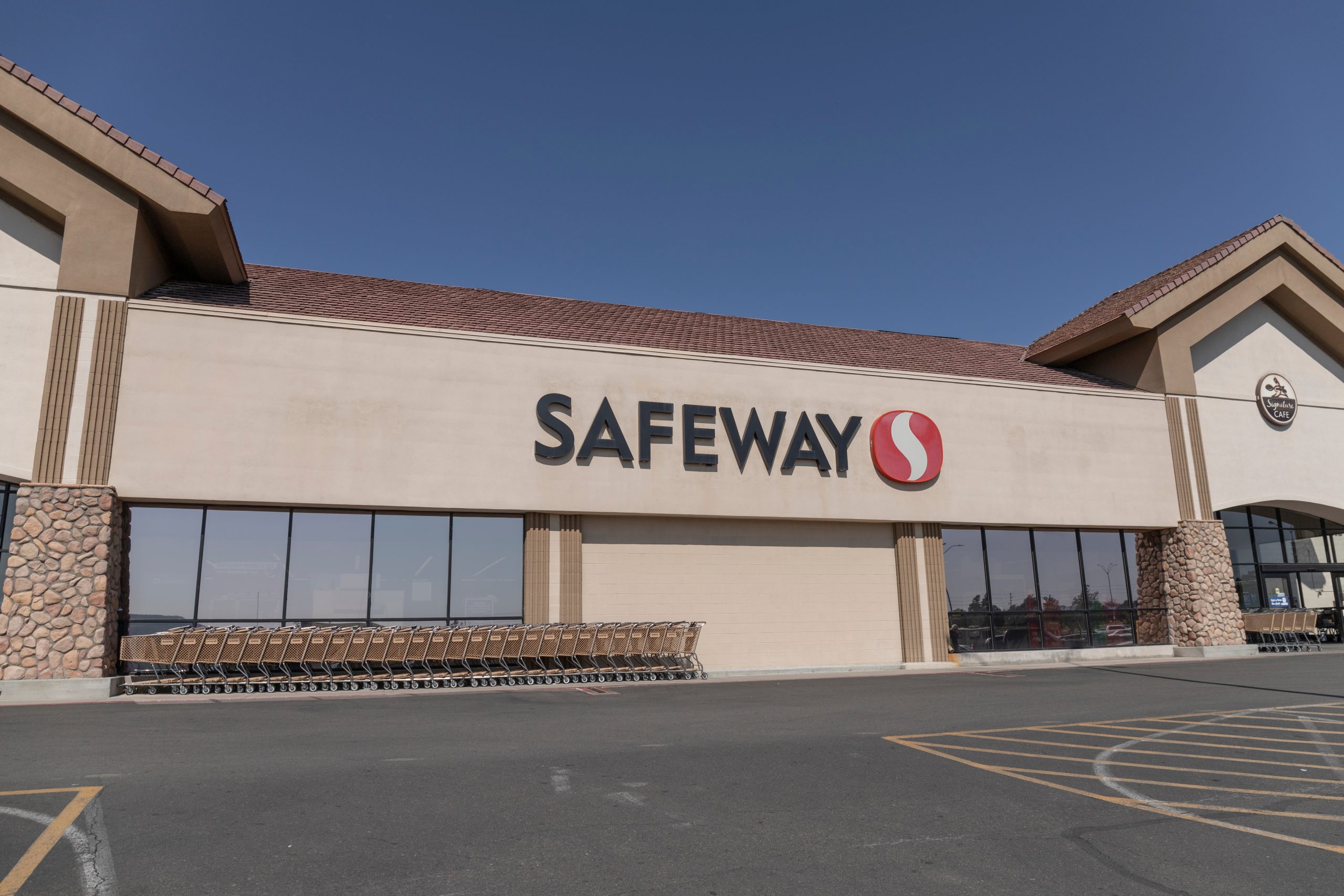The internet is filled with a huge number of “hacks” that promise to help you save money and to shop smarter at the grocery store. While some of this advice is genuinely helpful, many of these viral tips are based on myths, misunderstandings, or are just plain wrong. Following these so-called hacks can often lead to you wasting your time, your money, or even making a less healthy choice. Here are eleven popular grocery store “hacks” that do not actually work.

1. The “Shop the Perimeter” Rule
The old advice was to only shop the perimeter of the store to be healthier. The idea was that the fresh food is on the outside and the processed food is in the middle. This is no longer true. Many incredibly healthy and affordable staple foods, like oats, dried beans, and brown rice, are located in the center aisles. Sticking only to the perimeter means you will miss out on these nutritious items.
2. The “Back of the Shelf” Trick
A common hack is to always reach for the item at the very back of the shelf. The theory is that this is where the freshest products with the latest expiration dates are. While this is often true for high-turnover items like milk, it is not a reliable rule for the rest of the store. Stocking is often done from the front, and inventory rotation is not always perfect, so the product at the back could be just as old.
3. Buying in Bulk Is Always Cheaper
We are trained to believe that the large, “family size” package is always the best value. This is a dangerous assumption. You must always check the unit price on the shelf tag. Stores will often put the standard-sized item on a deep sale. This can make its price per ounce much lower than the bulk version sitting right next to it.
4. The Self-Checkout Scale Trick
A viral and illegal “hack” suggests that you can save money by weighing an expensive item, like a steak, but entering the produce look-up code for a cheap, light item, like mushrooms. This does not work. Modern self-checkout machines have sophisticated scales and camera systems with AI that can detect this kind of item swapping. This “hack” is just a simple way to get caught shoplifting.
5. “Organic” Always Means “Healthier”
The “organic” label is not a synonym for “healthy.” The USDA Organic seal is a certification of the farming method. It does not mean the product is low in sugar, salt, or fat. A bag of organic, sugar-laden gummy candies is still just a bag of candy. Thinking that the organic label makes a junk food a healthy choice is a common and costly misconception.
6. Going to Multiple Stores to Chase Sales
Some bargain hunters will drive to three or four different stores in a single day to get the best price on every single item on their list. While this might save you a few dollars on your groceries, it is not a real saving. When you factor in the cost of your gas and, more importantly, the value of your time, this “hack” will almost always end up costing you more than it saves.
7. The Produce Misters Are Keeping Veggies Fresh
The fine mist of water that sprays over the leafy greens in the produce section seems like it is keeping them fresh and hydrated. In reality, it is mostly for show. The water does very little to improve the quality of the vegetables. In fact, the excess moisture can actually make the leafy greens decay and rot faster once you get them home.
8. Store Brands Are Made in a Cheaper, Dirtier Factory
A common myth is that store-brand products are of a lower quality because they are made in a separate, inferior factory. This is almost always false. In most cases, the store-brand item is made in the same factory as the popular national brand. It is often the same product, just with a different label and a lower price.
9. You Should Thump a Watermelon to Check for Ripeness
The image of a shopper thumping a watermelon is a classic one. However, almost no one actually knows what they are listening for. The sound a watermelon makes is not a reliable indicator of its ripeness. A better and more effective method is to pick up the watermelon. A ripe one should feel very heavy for its size.
10. Shopping on a Wednesday Is the Cheapest Day
A popular myth states that Wednesday is the best day to shop because it is the day that most new sales begin. While this can be true for some stores, it is not a universal rule. Many stores now start their weekly ad on a different day. The best day for “markdown” items on meat and produce is often a Tuesday or a Saturday morning, not a Wednesday afternoon.
11. Paying with Cash Makes You Spend Less
The theory behind this hack is that the “pain” of handing over physical cash makes you more aware of your spending. While this can be a helpful psychological trick for some people, it is not a universal truth. A disciplined budgeter can actually save more money by using a credit card. They can take advantage of the valuable cash-back rewards and consumer protections that you do not get with cash.
The Truth of the Aisles
The world of grocery shopping is filled with a lot of “common knowledge” that is actually just a myth. These failed hacks are a powerful reminder that we should always be critical thinkers in the store. We should rely on the hard data of the unit price, not on a viral tip or an old wives’ tale. By separating the myths from the facts, we can become truly savvy shoppers.
What is the worst grocery store “hack” or piece of shopping advice you have ever heard? Have you ever tried one of these myths and had it fail? Let us know!
What to Read Next
- 11 Travel Hacks That Start In The Grocery Aisle
- 10 Fast-Food Hacks Employees Say Will Save You Money
- 9 Texas Coupon Hacks That Even Big Stores Don’t Want You Using
- 10 Shopping Hacks That No Longer Work at Costco
- 7 Genius Hacks to Master Grocery Savings Without Going Broke
The post 11 Grocery Store “Hacks” That Don’t Actually Work appeared first on Grocery Coupon Guide.







